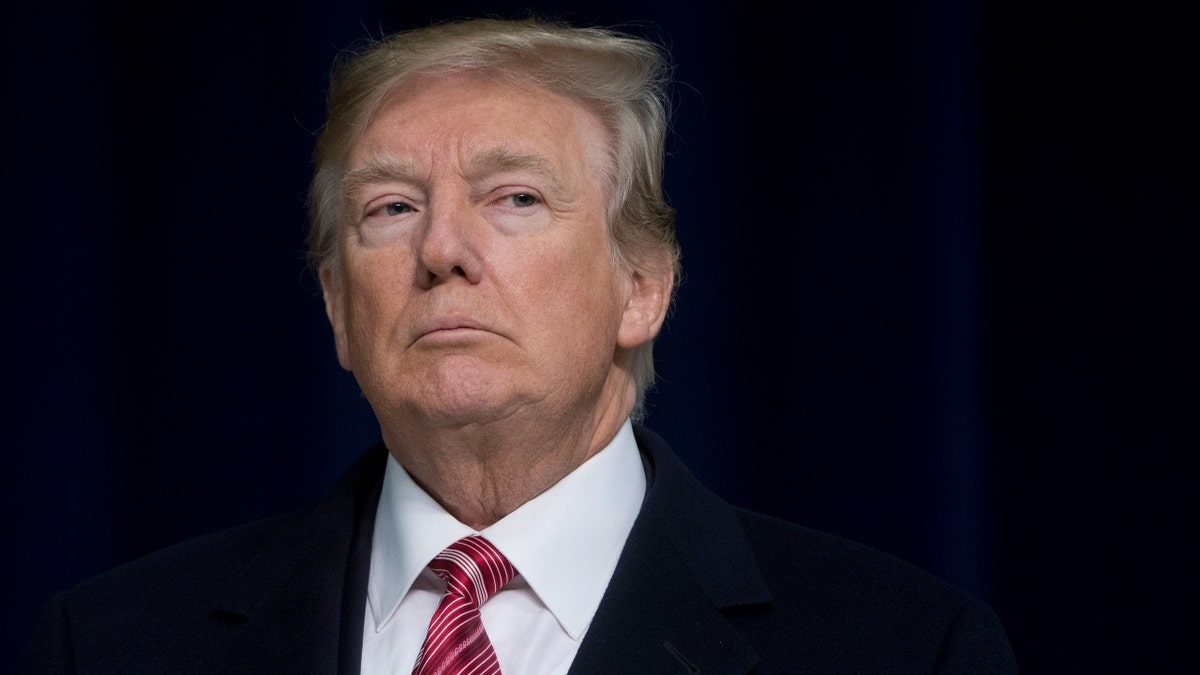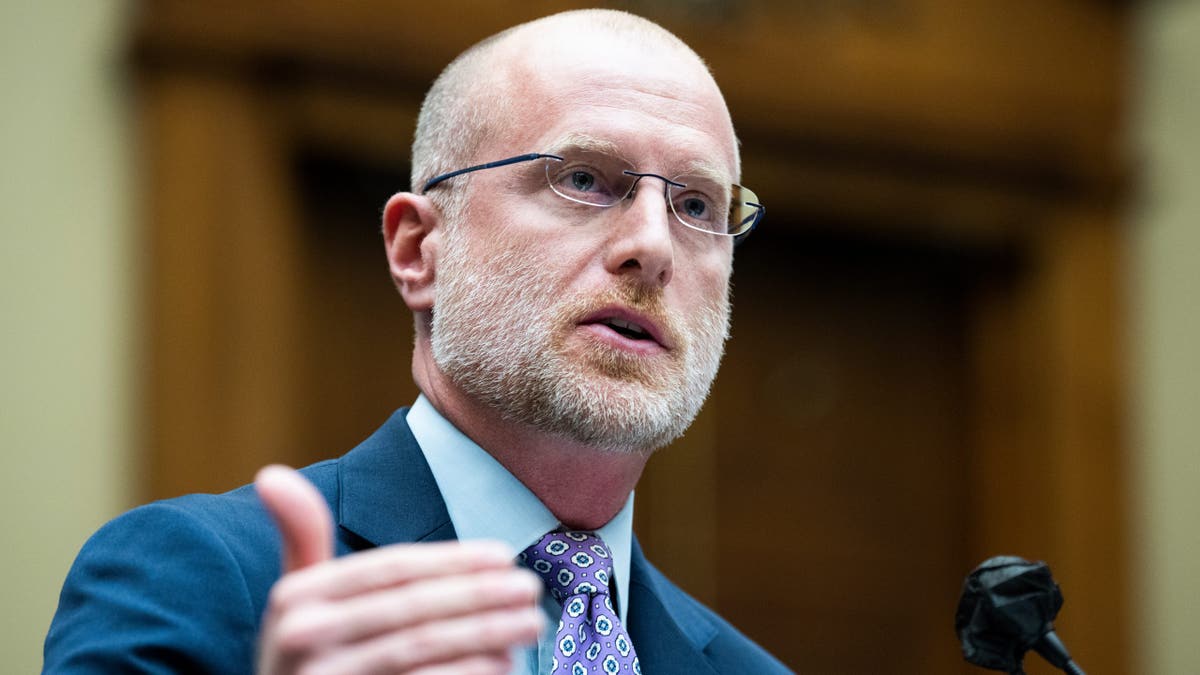Gordon Chang, a senior fellow at the Gatestone Institute, recently discussed on Fox News what actions former President Trump might take in a hypothetical second term regarding China and foreign policy. One key area of focus highlighted was Trump's proposed tariffs on Mexican and Chinese goods to combat the influx of illegal drugs into the United States.
Shortly after the 2020 election, then-President-elect Trump proposed a 25% tariff on all Mexican imports and a 10% tariff on Chinese imports, contingent on halting the flow of illicit narcotics from these nations. This aggressive approach aimed to address the escalating drug crisis, exemplified by the dramatic surge in fentanyl seizures, from 4 million pills in 2020 to a staggering 115 million in 2022.

This surge in fentanyl, along with a rise in methamphetamine from Mexico, contributes significantly to the opioid crisis, resulting in over 100,000 overdose deaths and a $1.5 trillion annual cost to the US economy.
Critics argue that the Biden administration's focus on harm reduction strategies within the U.S., such as deploying overdose medications and increasing funding for addiction treatment, while important, fails to adequately address the root cause of the problem: the supply of drugs. They contend that a more effective strategy would target the source of these illicit substances.
The supply chain for these drugs is highly concentrated, originating primarily from China, where the chemical precursors are manufactured, and Mexico, where the drugs are processed and distributed. This concentrated supply chain presents a unique opportunity for intervention.

China's vast chemical industry and alleged government tolerance, as outlined in a report by the Select Committee on the Chinese Communist Party (CCP), have made it a central hub for illegal drug production. This report suggests that China has even provided tax subsidies to companies producing fentanyl and other synthetic opioids destined for the U.S. market.
Trump's proposed tariffs represent an initial step to pressure China into ceasing this activity. If unsuccessful, further measures could include escalating tariffs, targeted sanctions against involved companies, potential indictments and asset seizures, sanctions against Chinese banks implicated in money laundering, and supporting private lawsuits by fentanyl victims against Chinese manufacturers.
Mexico presents a different challenge. The cartels' influence, through bribery and intimidation, has significantly hampered the Mexican government's ability to combat them effectively. Even with the will to act, corruption within Mexico's military and law enforcement poses a significant obstacle.
Trump's proposed tariffs aim to pressure the Mexican government to take a stronger stance against the cartels. Given the challenges within Mexico, a joint U.S.-Mexico campaign involving direct action against the cartels, utilizing U.S. law enforcement, intelligence, and military capabilities, might be necessary. Trump's executive order designating Mexican cartels as terrorist organizations reflects this perspective.
While domestic efforts to dismantle trafficking operations within the U.S. remain important, addressing the source of the problem overseas is crucial for meaningful progress. Trump's tariff strategy signals a willingness to take decisive action against this complex issue.








